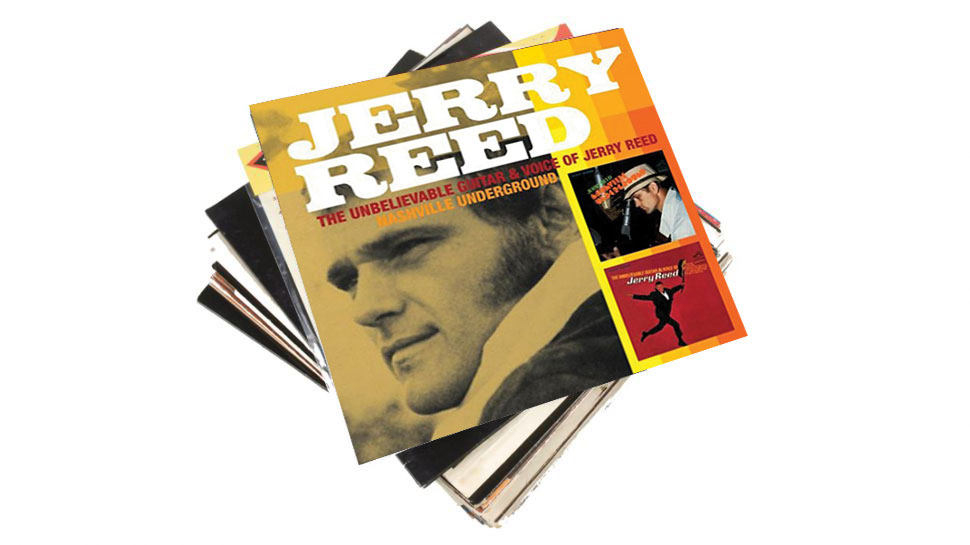
It’s easy to fall into the trap of thinking that getting better at playing guitar is solely a matter of learning new licks or boning up on theory. What can be forgotten is that we also have to educate the ear - and occasionally reconnect with the passion for beautiful playing, which is the reason we fell in love with the instrument in the first place.
With that in mind, we decided to put together an eclectic playlist of guitar recordings, each of which is a masterpiece in its own way, which will hopefully strike fresh sparks in your musical imagination.
Disclaimer
You’ll notice, in perusing our list of 30 masterpiece albums, that some very famous names are missing. Confession time: it’s entirely intentional. Clapton’s playing on the Beano album or Gilmour’s on Comfortably Numb or Hendrix’s genius on Electric Ladyland have been covered in the by this magazine many times before.
So, with apologies to those acknowledged guitar Gods, and others we haven’t mentioned, we’re going to take it as read that most of us already reap the benefits of being familiar with those masterworks.
Instead, think of this list as staff favourites that have been selected to inspire new directions in your playing by being eclectic, sometimes unexpected, provocative, but always top-drawer quality
We don’t claim these are the only albums to fit that A-grade billing - but we do promise our picks will satisfy and open up your guitar vocabulary. We’d love it if, having soaked up our magnum opus of classics, you also sent in your own ‘masterpiece’ playlists to us, to broaden what started as an office debate into a worldwide mixtape of inspiring guitar music.
And, if even a fraction of the dazzling licks contained here makes it into your own playing, well, that’s job done. As someone once said, great guitarists have great record collections...
Get the MusicRadar Newsletter
Want all the hottest music and gear news, reviews, deals, features and more, direct to your inbox? Sign up here.
1. Joe Maphis - Fire On The Strings

The 50s weren’t all duck-arse haircuts and a bit of slap and tickle in the back seat of a Mercury coupé. This was the golden age of the guitar virtuoso and, even by the standards of the day, Joe Maphis was a monster. He was a flash bugger, too, with his twin-neck Mosrite and cowboy clobber, but it’s his frightening technique on his debut album’s title track as well as on Flying Fingers (a duet with the teenage Larry Collins), that’ll inspire all you speed freaks.
- Standout track: Flying Fingers
- Technique take-home: Try shredding without the safety net of distortion...
2. Hank Garland - Jazz Winds From A New Direction

Hank Garland is best known for his session work with Elvis Presley at RCA in Nashville. That’s him hitting that proto- Back In Black lick on The King’s 1961 hit Little Sister.
Like most of the hot country pickers of the 50s, Hank was actually a dyed-in-the-wool jazzer and his debut album finds him duelling with smoking vibraphonist Gary Burton at breakneck speed. There are no dogs here but the stunning Riot-Chous is the pick of the litter. It’s funkier than a month-old tuna sandwich.
- Standout track: Riot-Chorus
- Technique take-home: Get your chord comping up to warp speed
3. Roy Clark - The Lightning Fingers Of Roy Clark
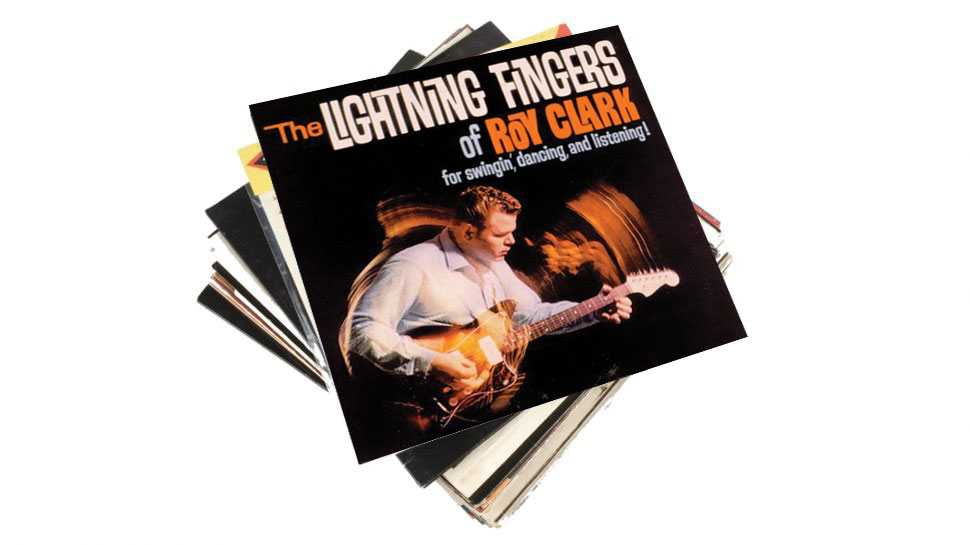
Roy Clark is familiar to many Americans as the host of country variety show Hee-Haw from 1969 to 1997. More than that, he was the ultimate guitar showman and The Lightning Fingers Of... is a compendium of his flashiest moves.
You get Ventures take-off Dented Fender, the bottom-string twang of Texas Twist and the fowl play of Chicken Wire, but, more than anything, Roy liked to play fast. His take on Twelfth Street Rag plays like the Road Runner going at triple speed.
- Standout track: Twelfth Street Rag
- Technique take-home: Nitro-fuelled banjo-style strumming and chicken-picking combo
4. Elmore James - Blues After Hours
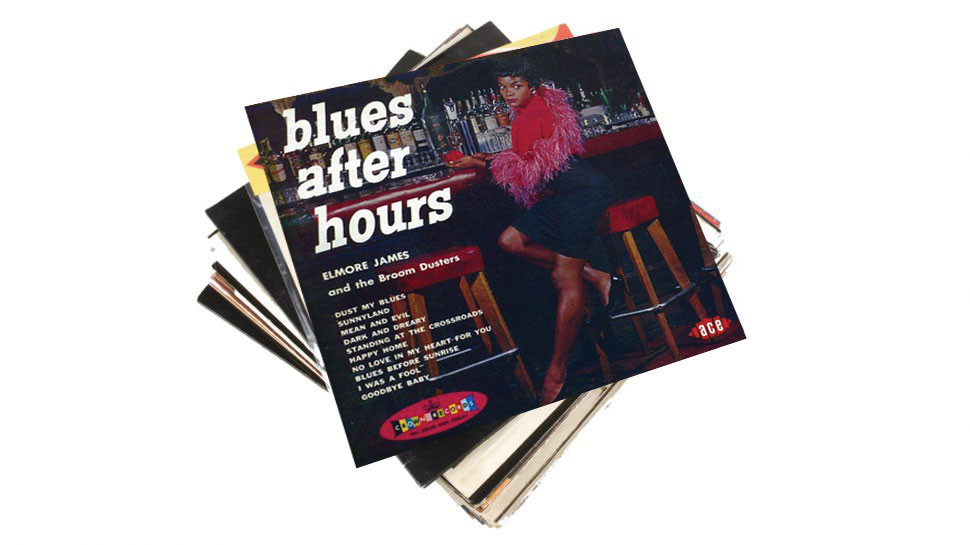
Elmore James didn’t invent slide guitar, of course. His genius was to create an electric sound that took blues in a new direction while still retaining a splash of DNA from the Delta. Dust My Blues kicks off with the most famous slide blues lick of all time and James uses it again on Standing At The Crossroads, Happy Home and Blues Before Sunrise. In fact, it’s present on more than half the tracks here, yet doesn’t outstay its welcome.
- Standout track: Dust My Blues
- Technique take-home: Substitute precision with feel when you play slide
5. Davy Graham - The Guitar Player

Davy (aka Davey) Graham was the father of British folk guitar. Consolidating Delta blues and English folk in the post-skiffl e and pre-Beatles era, he inspired the likes of Bert Jansch and Ralph McTell with his aggressive fingerpicking style and tunes like Anji.
His take on Cry Me A River has been analysed aplenty in recent years by those who believe that Jimmy Page knocked a few bits for his work on Stairway To Heaven. Perish the thought.
- Standout track: Cry Me A River
- Technique take-home: Forget softly softly, attack the strings
6. Bert Jansch - Bert Jansch
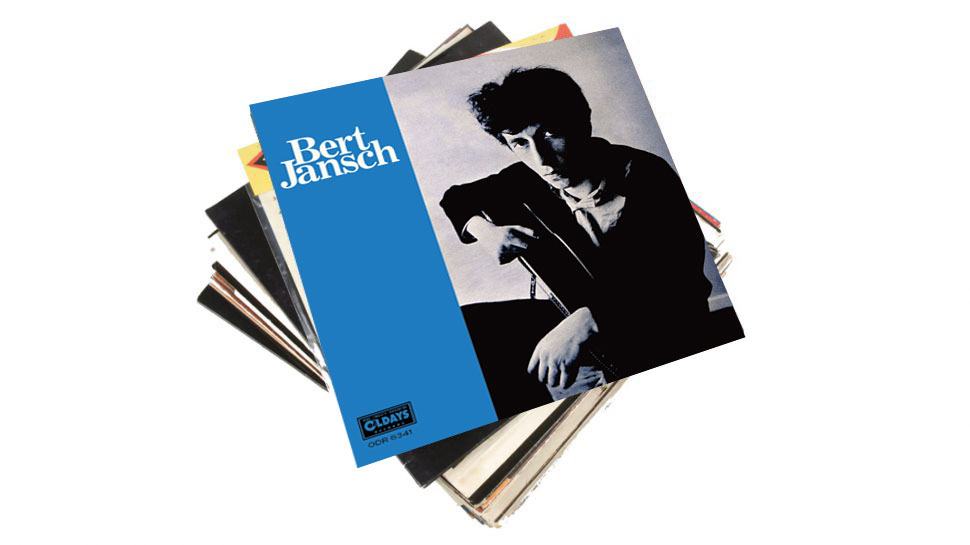
Bert Jansch’s debut record is probably best known for hosting his version of Davy Graham’s Anji. Retitled Angie, Jansch’s exuberant version is notable for the crashing chord stabs that pierce through his blues lead.
Despite its status as an important English folk record, there’s a lot of country blues here. Strolling Down The Highway and Finches prove that you didn’t need a Les Paul and Marshall combo to cut a killer blues album in the mid 60s.
- Standout track: Angie
- Technique take-home: Pepper your fingerstyle with blues and ragtime motifs
7. Jerry Reed - The Unbelievable Guitar And Voice Of Jerry Reed

Jerry Reed wrote the Elvis hits Guitar Man and U.S. Male, as well as Johnny Cash’s A Thing Called Love. Meanwhile, he also starred as Cledus Snow in the ’77 Burt Reynolds film Smokey And The Bandit and wrote the film’s theme tune East Bound And Down. On top of all that, as his debut album testifies, Reed was one of the most gifted guitarists that ever drifted into Nashville.
For full evidence of his talent, wrap your ears around The Claw, a nylon-strung workout as worshipped by Jerry Donahue, Tommy Emmanuel and his best friend and collaborator, Chet Atkins.
- Standout track: The Claw
- Technique take-home: Get into nylon strings then nail The Claw
8. Eddie Boyd (with Fleetwood Mac) - 7936 South Rhodes
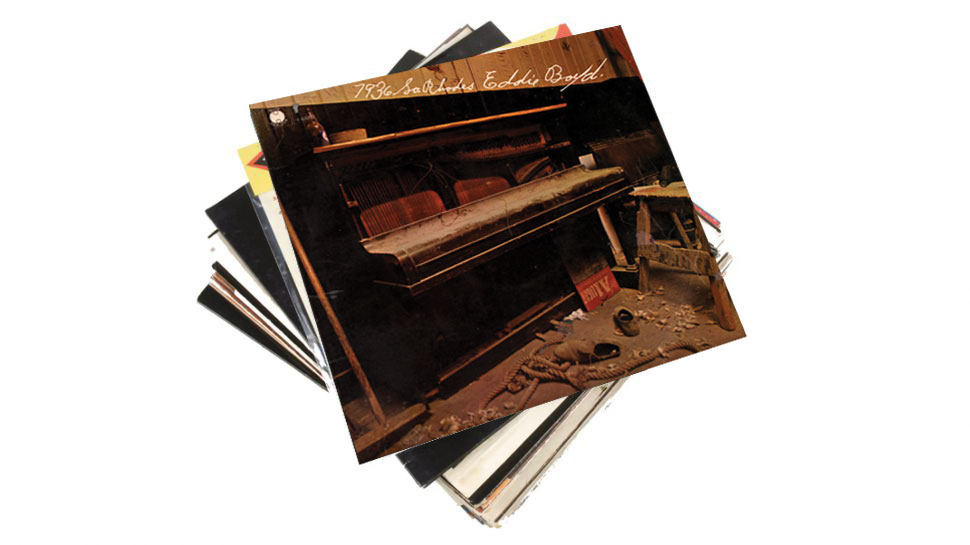
Make no mistake, pianist Eddie Boyd is nothing but in charge on this ’68 Blue Horizon release. And it just so happens that his backing band is the core of Fleetwood Mac - you can hear Peter Green relishing his role of sideman in every track.
No one really plays blues guitar like this anymore. There’s absolutely no showboating. Green keeps his volume and tone muted on much of the album, only stepping out of the shadows in the brief moments when Boyd gives him the space.
- Standout track: Third Degree
- Technique take-home: Get better acquainted with your tone controls
9. Barney Kessel - Hair Is Beautiful
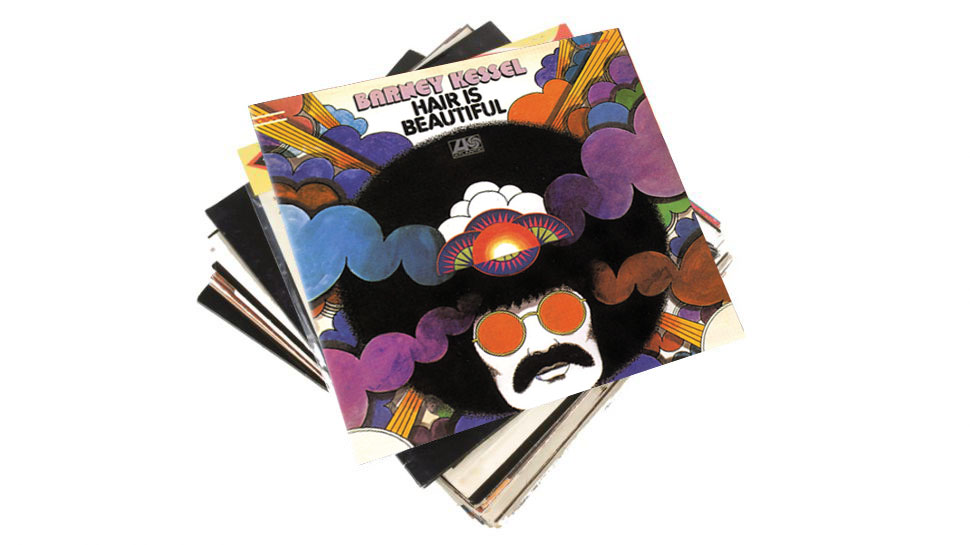
By the time Barney Kessel cut this hippy-jazz crossover, he had acquired some serious form. A veteran of the Oscar Peterson Trio (the toughest jazz-guitar gig there was), he was also a key member of LA session aces The Wrecking Crew.
Hair Is Beautiful finds Kessel trying to make jazz guitar work in the Woodstock era. His chops are as magnificent as ever - blistering even - on Ain’t Got No and the Hammond organ mashup Walking In Space. This album’s cool Dirty Harry soundtrack vibe will - ahem - make your day.
- Standout track: Walking In Space
- Technique take-home: Jazz licks can work in any musical setting
10. Charlie Christian - Solo Flight: The Genius Of Charlie Christian

This compilation album features tracks by guitarist Charlie Christian cut between 1939 and 1941. Most of us know the man’s name thanks to the Charlie Christian pickup, but he holds a more important place in history as the inventor of the guitar solo. Before Charlie, the guitar was a backing instrument.
On Solo Flight you hear Christian punching his way out of the mix with aggressively comp’d chords and single string solos. His arpeggio work on standards such as Tea For Two is way ahead of its time.
- Standout track: Stardust
- Technique take-home: Seamless switching between comping and soloing is the key
11. Roy Buchanan - Roy Buchanan
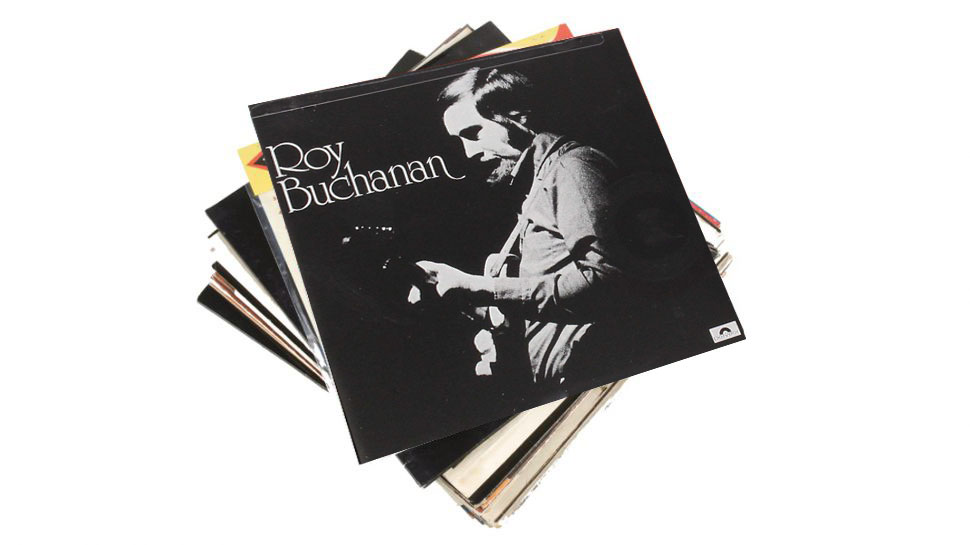
Aside from his tragic death in a Virginia jail cell in 1988, Roy Buchanan will always be best remembered for his achingly beautiful instrumental version of Sweet Dreams. Kicking off his debut album, the track reminds us how Buchanan transformed Leo Fender’s Telecaster workhorse into a Stradivarius.
He gives the guitar an angelic voice with volume control swells, sweet harmonics and sudden bursts of speed. The man’s unique grasp of dynamics continues with a great cover of Merle Haggard’s I’m A Lonesome Fugitive and the Jerry Reed-esque instrumental Cajun.
- Standout track: Sweet Dreams
- Technique take-home: Your volume control is your greatest effect
12. Ry Cooder - Crossroads (Original Soundtrack)
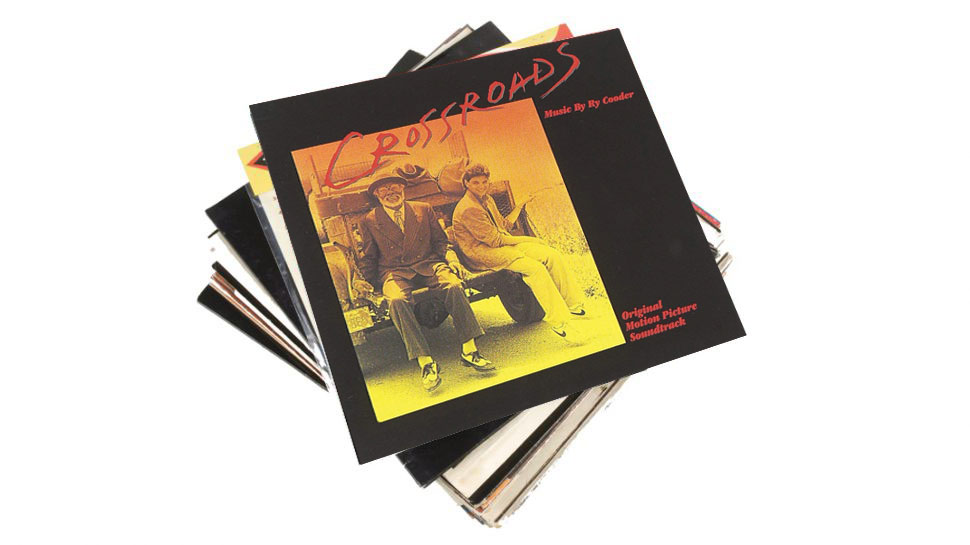
If you remember Crossroads at all it’s likely thanks to the scene where Ralph ‘Karate Kid’ Macchio cuts heads with Satan’s guitarslinger Jack Butler (aka Steve Vai). Based around the legend of Delta bluesman Robert Johnson, the film is an enjoyable bit of fluff, but the Cooder produced soundtrack is the absolute business.
Witness Cooder’s epic reworking of Johnson’s Cross Road Blues and his mournful slide on Feelin’ Bad Blues. Of course, it was really Ry who defeated Steve Vai in the guitar duel. That Macchio kid was just miming…
- Standout track: Feelin’ Bad Blues
- Technique take-home: Deconstruct classic blues licks and find a new direction
13. Johnny Shines - Too Wet To Plow
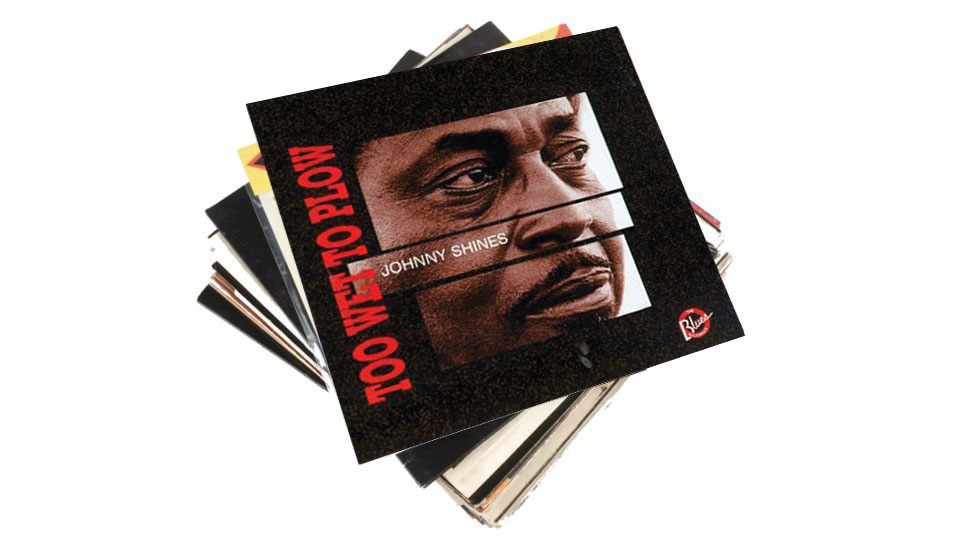
What’s remarkable about Too Wet To Plow is that it’s a hauntingly authentic Delta blues album that just happened to be cut 40 years after the genre’s heyday. Johnny Shines spent part of his youth touring the Deep South with his friend and mentor Robert Johnson.
The ghost of The King Of The Delta Blues Singers haunts Shines’ sweet falsetto voice and guitar playing, not least on the title track and the uptempo Hot Tamales. This is an acoustic country blues masterclass.
- Standout track: Too Wet To Plow
- Technique take-home: Combine fingerpicking with stinging bottleneck hits
14. Ted Greene - Solo Guitar

The term a ‘guitarist’s guitarist’ is often bandied about casually, but if it applies to anyone, it’s Ted Greene. Known principally for his must-read books Chord Chemistry and Single Note Soloing, his ability to play comfortably in practically any style went largely unnoticed, except by the many students he taught and those lucky enough to hear him play live.
Solo Guitar was Greene’s only official recording and demonstrates his amazing ability as both an arranger and a performer. Using his beloved Telecasters, he conjures up pure guitar magic out of standard tunes such as Summertime and Ol’ Man River.
- Standout track: Send In The Clowns
- Technique take-home: It’s a 33-minute guitar masterclass from start to finish!
15. Christopher Cross - Christopher Cross
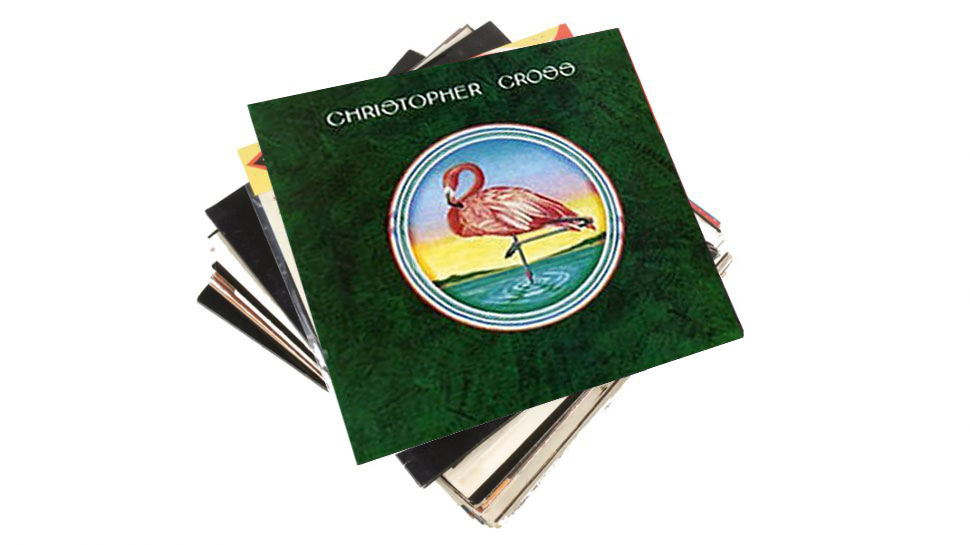
Best known for the yacht-rock classic Ride Like The Wind on which Cross himself plays a fine solo, we hope he won’t be offended if we draw attention to something not everyone notices - Cross’s 1980 debut album is packed with AAA-grade guitar solos from Larry Carlton, Eric Johnson and Jay Graydon.
EJ’s solo on Minstrel Gigolo is an absolute jewel. It’s beautifully constructed yet fast and fluid - a masterly microcomposition in itself with a beginning, middle and triumphal end. Meanwhile Larry Carlton’s ecstatic solo on I Really Don’t Know Any More is up there with Kid Charlemagne.
- Standout track: Minstrel Gigolo
- Technique take-home: Solos can be finely crafted musical pieces in their own right
16. Michael Hedges - Aerial Boundaries
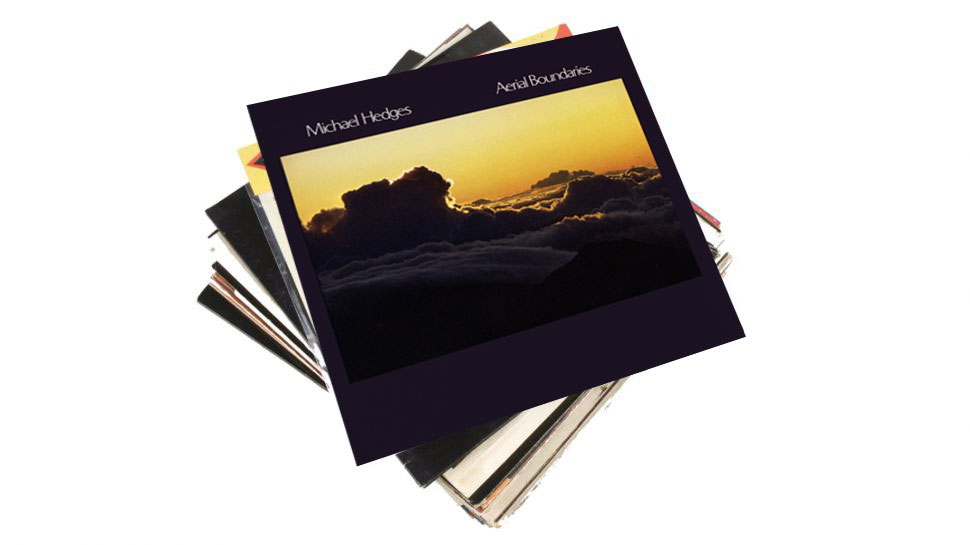
If you want to trace modern contemporary ‘progressive acoustic guitar’ back to its roots, look no further than the album that started it all 34 years ago. Hedges’ Aerial Boundaries was preceded by his 1981 album Breakfast In The Field, but it was this recording that threw the Sacramento-born acoustic innovator into the low-wattage limelight of the so-called ‘new age’ music world.
His fluency in many alternative tunings and the shock of the new vibe of the title track guaranteed his legendary status among the unplugged and, in many ways, he’s still unrivalled today.
- Standout track: Bensusan
- Technique take-home: Above everything, composition is king
17. Jeff Beck - Jeff Beck’s Guitar Shop
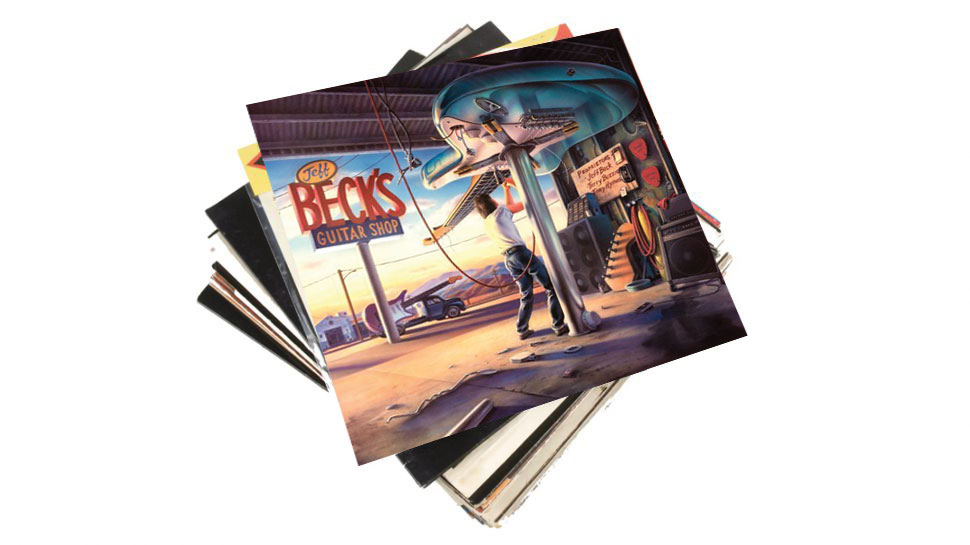
This is the album that put Jeff Beck back on the map for many guitarists in the late 80s. From the cover painting of Beck working on a car-sized Strat in his garage to the selection of balls-to-thewall rockers on the tracklist, it was that generation’s Blow By Blow.
The most remarkable track, Where Were You, finds Beck using his vibrato arm, volume control and harmonics to produce a beautiful Celtic-inspired melody. No one had heard anything quite like it before.
- Standout track: Where Were You
- Technique take-home: The Strat vibrato can do more than surf, bud
18. Emily Remler - East To Wes
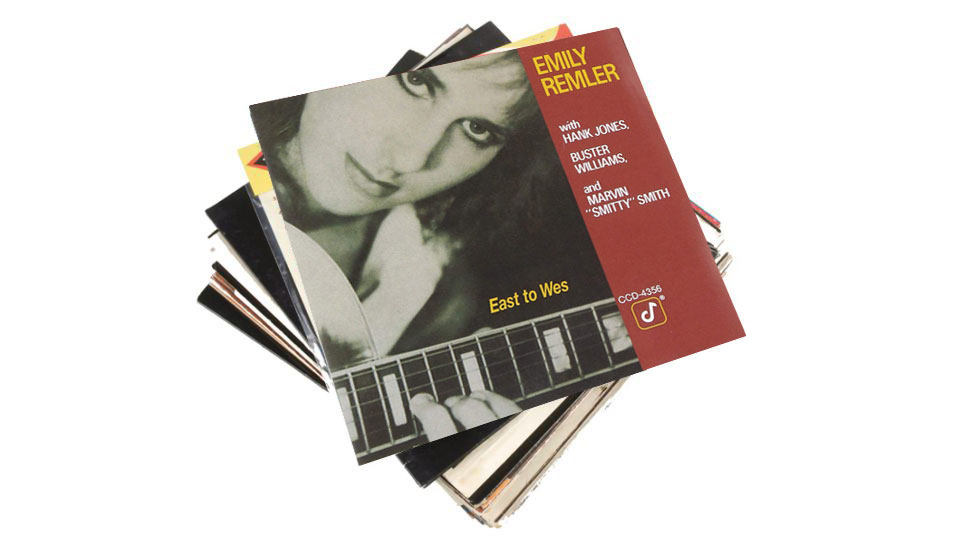
Emily Remler was only 32 years old when she died. A heroin addict, she somehow managed to defy her demons long enough to leave behind a standout album, East To Wes. Supremely gifted, Remler wears her influences on her sleeve on East To Wes, not least on the title track, a tribute to Wes Montgomery, natch.
The track is a jazz masterclass from the thumbed opening octaves to the complex and lightning-fast runs. Asked to think up her own epitaph, Remler said, "Good compositions, memorable guitar playing and my contributions as a woman in music... but the music is everything."
- Standout track: East To Wes
- Technique take-home: Build riffs and melodies with octave runs
19. Sonny Sharrock - Ask The Ages
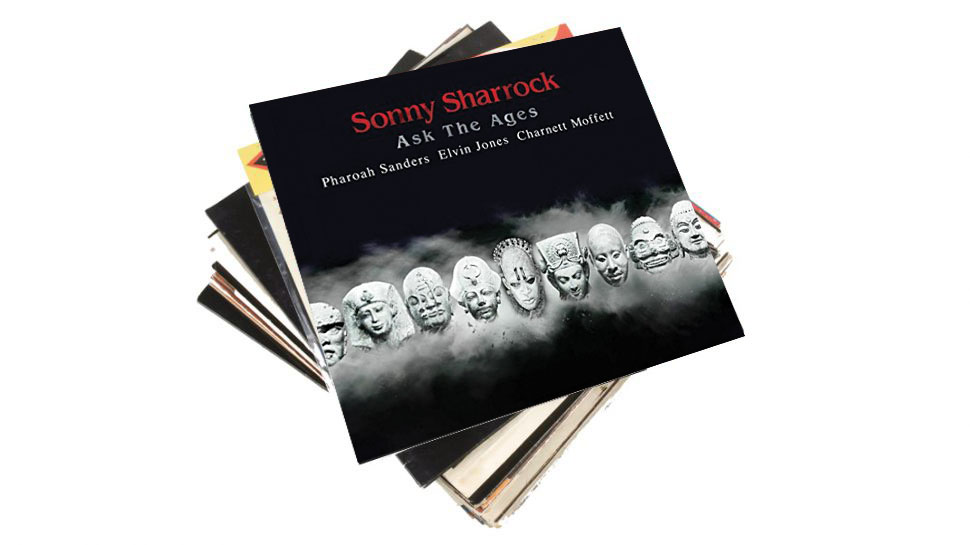
The final album of guitarist Sonny Sharrock is also considered to be his best. Featuring saxophonist Pharoah Sanders, bassist Charnett Moffat and drummer Elvin Jones, the album sets the scene with opening track Promises Kept - an explosion of freeform-style jazz before moving on to (slightly) more accessible stuff such as Little Rock.
The genius of Sharrock, and the reason why this album is so loved, is because you can never predict where he’s going to go next. His distorted lines fire off into tangents that often disorientate the listener.
- Standout track: Promises Kept
- Technique take-home: Whatever you’re about to play, do the opposite
20. Stray Cats - Choo Choo Hot Fish

Ironically, one of the Stray Cat’s most obscure albums just happens to contain some of Brian Setzer’s greatest work. In his first, and best, reworking of the Santo and Johnny classic Sleepwalk, Setzer extrapolates on the original 45's simple-yet-beautiful melody with fast Cliff-Gallup-style runs, Bigsby whammy dips and country-jazz chord work.
Elsewhere you get a thumping blast through Elvis Presley’s Mystery Train and the neo-rockabilly of Elvis On Velvet - a heartfelt plea for fans, impersonators and tat manufacturers to stop pissing on The King’s grave.
- Standout track: Sleepwalk
- Technique take-home: Cop the Bigsbyfuelled steel-guitar impressions
21. SFX - Alan Murphy
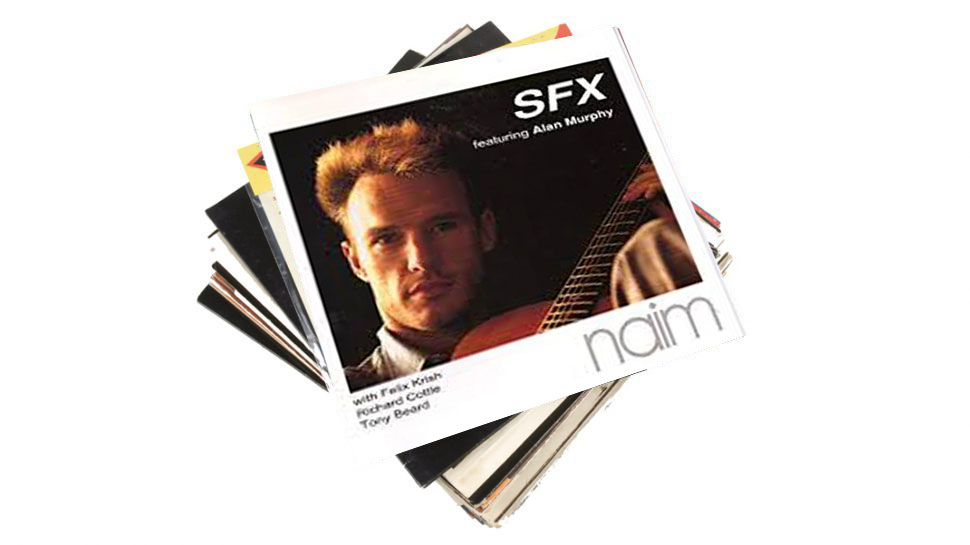
Alan Murphy was a bright light in the 1980s session world, but it was his work with artists like Go West, Level 42 and, most notably, Kate Bush that brought him out of the shadowy world of studio life and into the music mainstream.
SFX was a band made up from the session world’s finest to explore the netherworld of chops-laden jazz fusion. The guitar cognoscenti were subsequently transfixed by Murphy’s intense rock vocabulary and legato flair, ably demonstrated on tracks like Warp Factor 6 and Heavy Bongo.
- Standout track: Doom Bap Bap
- Technique take-home: Inventive soloing, as well as touch, tone and delivery
22. Nick Cave & The Bad Seeds - Live Seeds
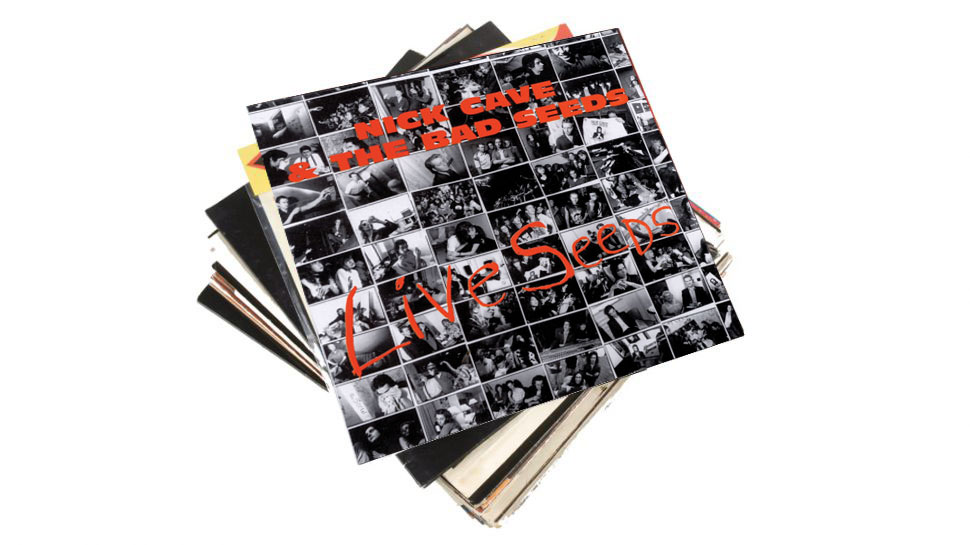
While most of the albums on this list are included in the name of virtuosity, Live Seeds is all about atmosphere. A collection of murder ballads, the album finds Nick Cave & The Bad Seeds at their most macabre with jarring moments of dark humour.
The guitars of Mick Harvey and Blixa Bargeld stalk the stage ominously, pumping ice-cold blood through the veins of The Mercy Seat, John Finn’s Wife and the truly frightening Tupelo. It’s about the big picture, not standing out.
- Standout track: Tupelo
- Technique take-home: Use your guitar as an aural paintbrush
23. Julian Bream - Villa-Lobos - Guitar Concerto, Preludes, Etudes
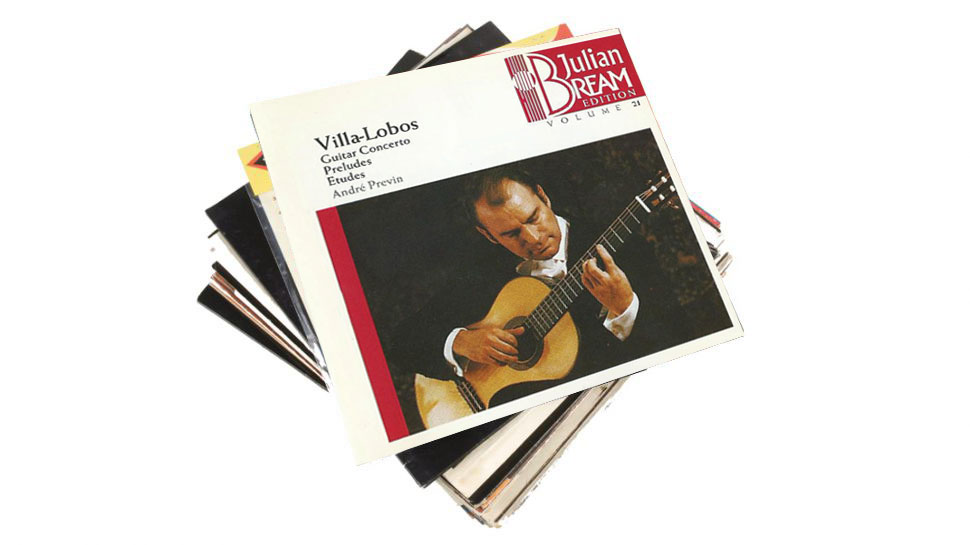
Helmed by conductor André Previn, these performances capture classical guitarist Julian Bream at the top of his game. Guitarists should be able to learn something from every genre of music and its top practitioners, and this album presents no exceptions.
Bream’s vibrato is exceptional, as is the consistency of his delivery. Classical guitar can be intimidating to those of us raised on Led Zeppelin and AC/DC, but this album pulls you in and keeps you engaged.
- Standout track: (Part 2) Andantino e Andante, Cadenza
- Technique take-home: Try to match a classical guitarist’s vibrato
24. Jimmie Rivers And The Cherokees (with Vance Terry) - Brisbane Bop
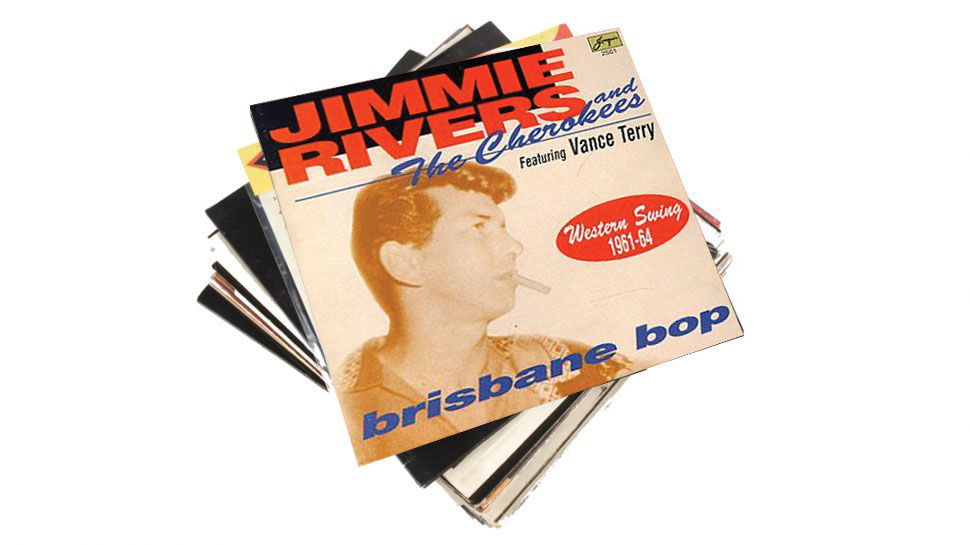
You may not have heard of Jimmie Rivers but this collection has been thrilling guitar nerds for years. Recorded at the 23 Club in Brisbane, California, between 1961 and 1964, the album archives some of the hottest country-jazz and Western swing ever recorded.
This is guitar playing on the front line with great banter ("the dancing starts at 9 and the fights start at 10...") and killer guitar work from Rivers, on a Gibson double neck no less, and steel player Vance Terry.
- Standout track: Slow Boat To China
- Technique take-home: Improve theory and rhythm with Western-swing chord solos
25. Danny Gatton - The Humbler
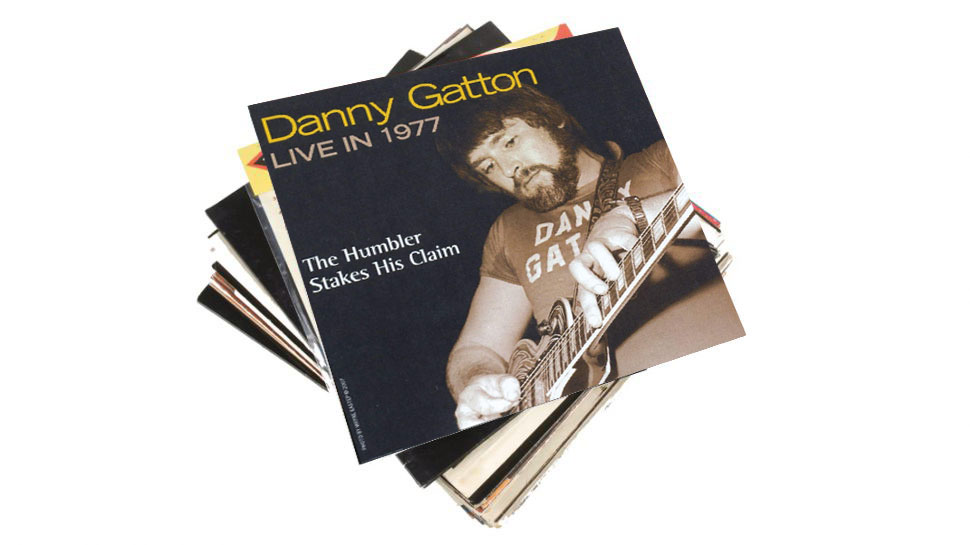
Like his fellow Telecaster genius Roy Buchanan, Danny Gatton would chase wider recognition throughout his career only to die in tragic circumstances. Gatton was a walking, picking compendium of classic American guitar styles with rockabilly being his true love.
Originally, only available as a bootleg, The Humbler captures an ’83 live date with Stateside Shakin’ Stevens, Robert Gordon. The live set is great but it’s the soundcheck recording, christened Fingers On Fire, that shows just what Gatton was capable of. The tape was passed between gobsmacked guitar students for years. It’s pure, unfiltered greatness at points.
- Standout track: Fingers On Fire
- Technique take-home: Learn to switch between genres on a dime like Danny
26. Steve Vai - Flex-Able Leftovers
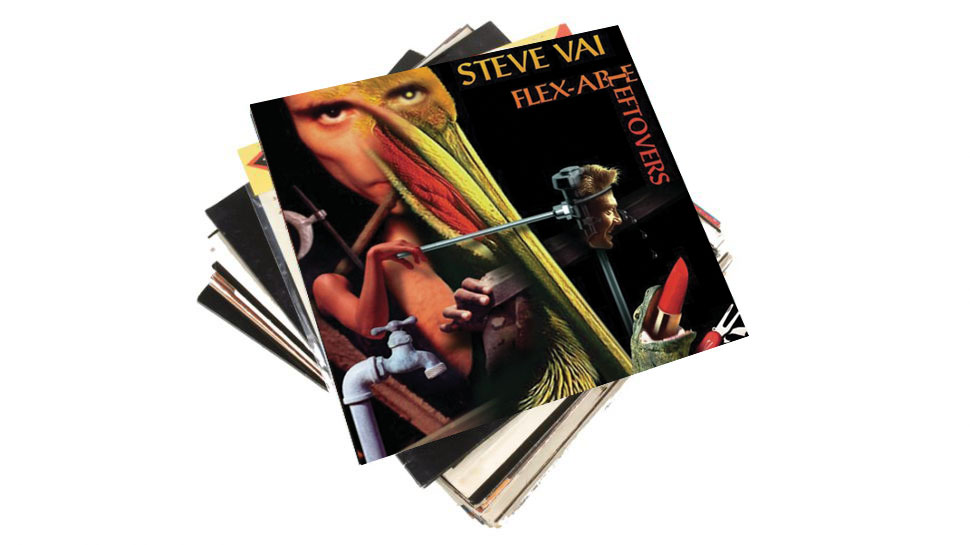
Yeah, it’s not just a clever name. Leftovers gathers together tracks that didn’t make it onto Vai’s original 1984 record Flex-Able. Opener You Didn’t Break It might be cheesier than a quattro formaggio pizza but it demonstrates just how warped Steve Vai can get, even if he’s dealing with a simple pop melody.
Chronic Insomnia is a nightmarish soundscape of wailing whammy bars. Okay, it’s not three-minute classic material but it does prove that the man always sounds like no one else even when he’s torturing a Floyd.
- Standout track: Call It Sleep
- Technique take-home: Always work towards your own instantly recognisable sound
27. Scotty Anderson - Triple Stop
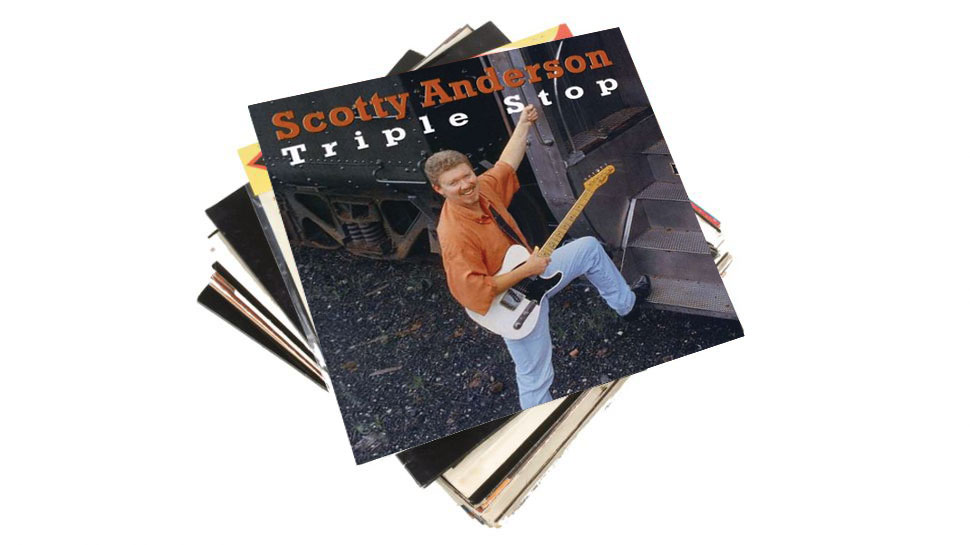
Best known for his jaw-dropping double-stop technique, Scotty Anderson shows off the full range of his talents on this must-own record. Scotty is a disciple of Jerry Reed and Chet Atkins while also maintaining a soft spot for classic jazzers like Charlie Christian.
Jerry and Chet would love his take on John Henry, while the latter discipline is at its most astounding on Nutville where Anderson’s fleet-fingered jazz runs face off against, and ultimately overpower, a set of vibes. Grabbit sets an equally breathless pace with a country-jazz Jimmy Bryant feel. Masterly cross-genre playing.
- Standout track: John Henry
- Technique take-home: Country and jazz are closer bedfellows than you think
28. Guthrie Govan - Erotic Cakes
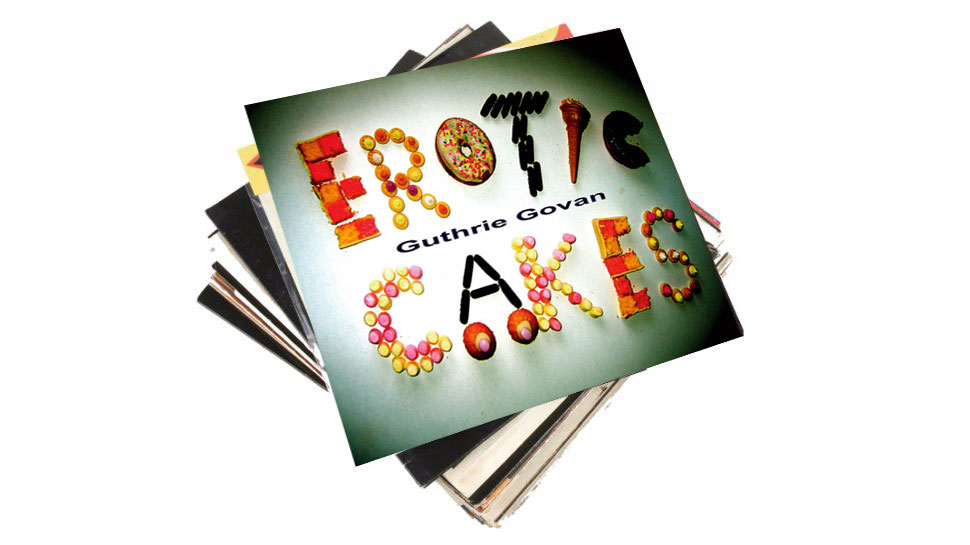
Okay, so we admit that it’s now pretty widely accepted that Guthrie is one of the most formidably gifted guitarists we’ve yet seen. But, in case you missed the memo, Govan’s 2006 tour de force is essential listening for any guitarist looking to extend the scope of their electric playing far into the virtuosic realms of complete fretboard freedom.
Waves is perhaps the track that became a touchstone for a new generation of players. Built on a poised, geometric groove, the track develops into a fluid but precise hard rock workout, then takes flight into the realms of the sublime in its breathtaking solo sections. It’s the seamless fusion of jazz, metal, blues and shred influences that really makes Guthrie’s virtuoso eclecticism an utterly dazzling style in its own right.
- Standout track: Waves
- Technique take-home: Where to start? Practise across all genres
29. Jim Campilongo - Orange
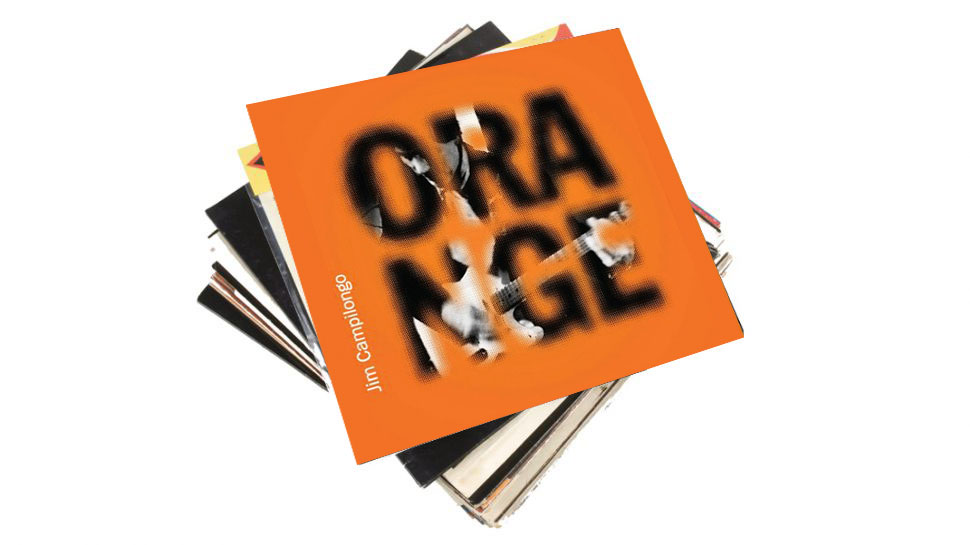
Imagine the soul-searching Telecaster lines of Roy Buchanan and add the perky, pristine melodicism of Chet Atkins, then run the whole thing through a woozy hall of mirrors and you get something like Jim Campilongo’s 2009 album Orange.
I’ve Got Blisters On My Fingers sees Jim carve jagged, swampy lines of melody from the air with his customary ’59 Tele and Princeton amp in a smoky, swirling ambience. He’s a master of warping pitch right to the edge of what the ear can take, then pulling it all back into pristine glades of pure melody.
Blues For Roy underlines what he really is - a worthy spiritual successor to Roy Buchanan with a wonderfully warped take on classic idioms.
- Standout track: Blues For Roy
- Technique take-home: Use pitch subtly
30. Khruangbin - The Universe Smiles Upon You
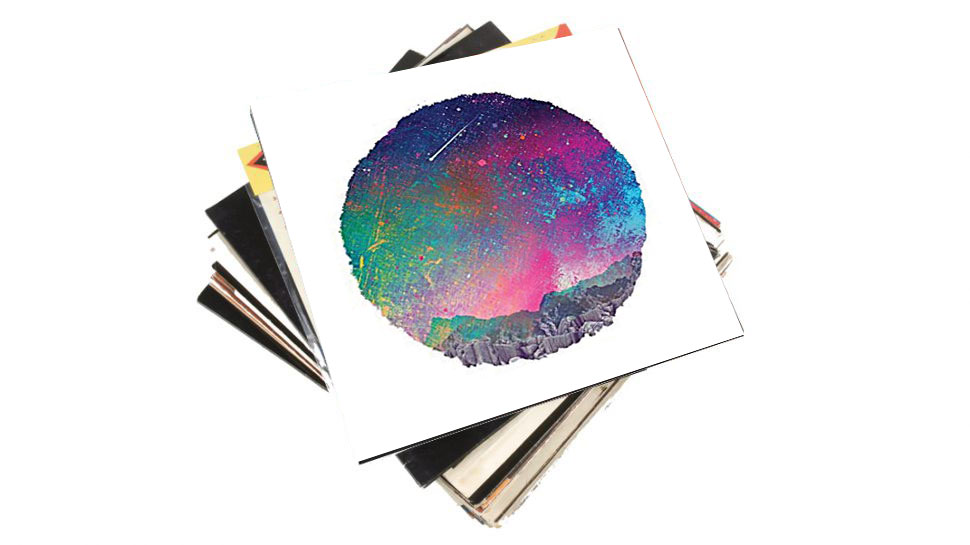
Here’s something really beautiful that might well be a future classic. Khruangbin are a Texan three-piece who draw on everything from world music to Hank Marvin to deliver a taut and impeccably tasteful album of instrumentals, which, at times, recalls the atmospheric beauty of Fleetwood Mac’s Albatross and, at others, the soul-satisfying grooves of Al Green.
Guitarist Mark Speer certainly knows how to weave his myriad influences together in such a way as you’re not sure if you’re hearing Middle- Eastern melodies or primal blues, while bassist Laura Lee is one of the most in-the-pocket players we’ve heard.
- Standout track: A Calf Born In Winter
- Technique take-home: Listen outside of Western guitar music for raw inspiration
13 essential acoustic blues albums
Guitarist is the longest established UK guitar magazine, offering gear reviews, artist interviews, techniques lessons and loads more, in print, on tablet and on smartphones Digital: http://bit.ly/GuitaristiOS If you love guitars, you'll love Guitarist. Find us in print, on Newsstand for iPad, iPhone and other digital readers
"At first the tension was unbelievable. Johnny was really cold, Dee Dee was OK but Joey was a sweetheart": The story of the Ramones' recording of Baby I Love You
"Reggae is more freeform than the blues. But more important, reggae is for everyone": Bob Marley and the Wailers' Catch a Fire, track-by-track












